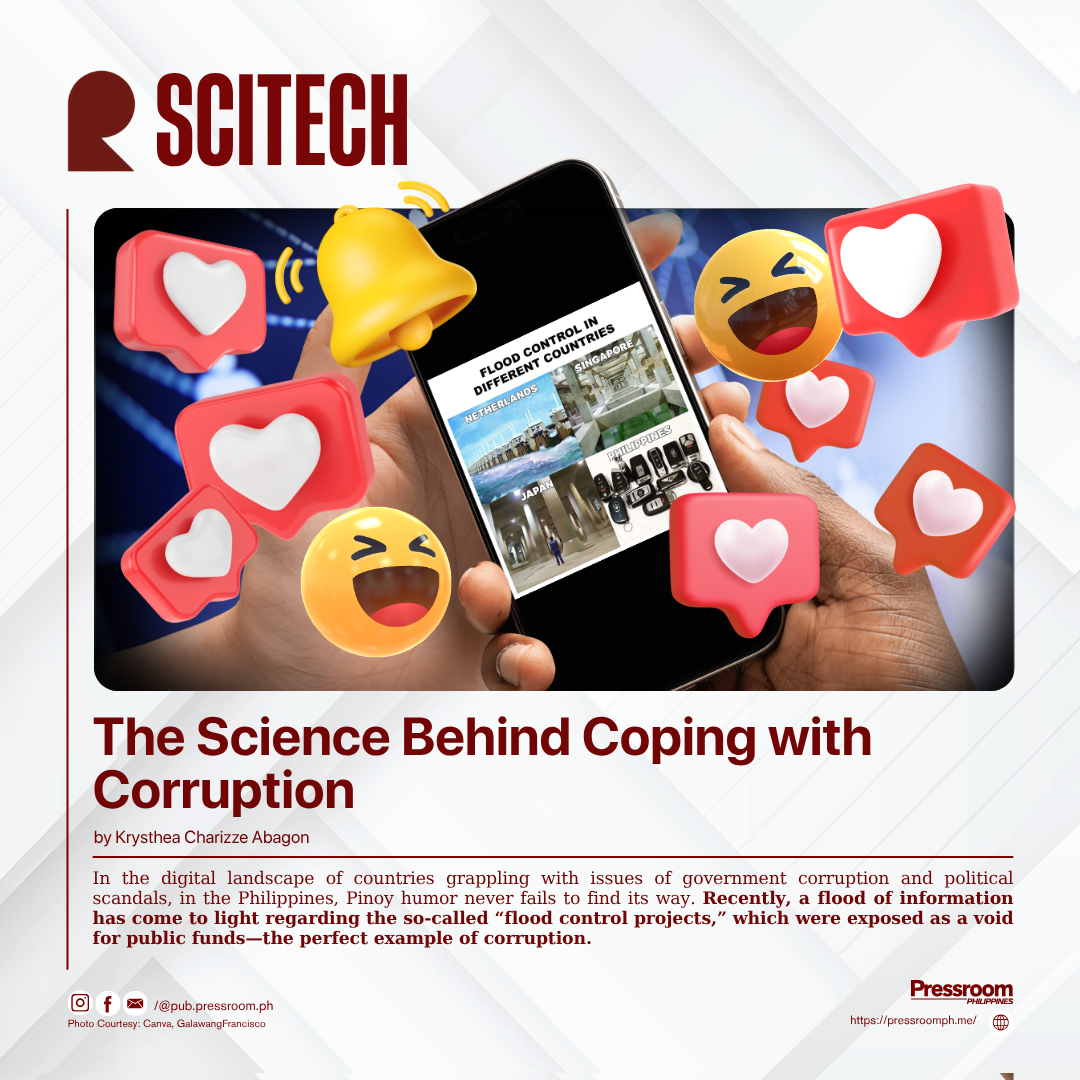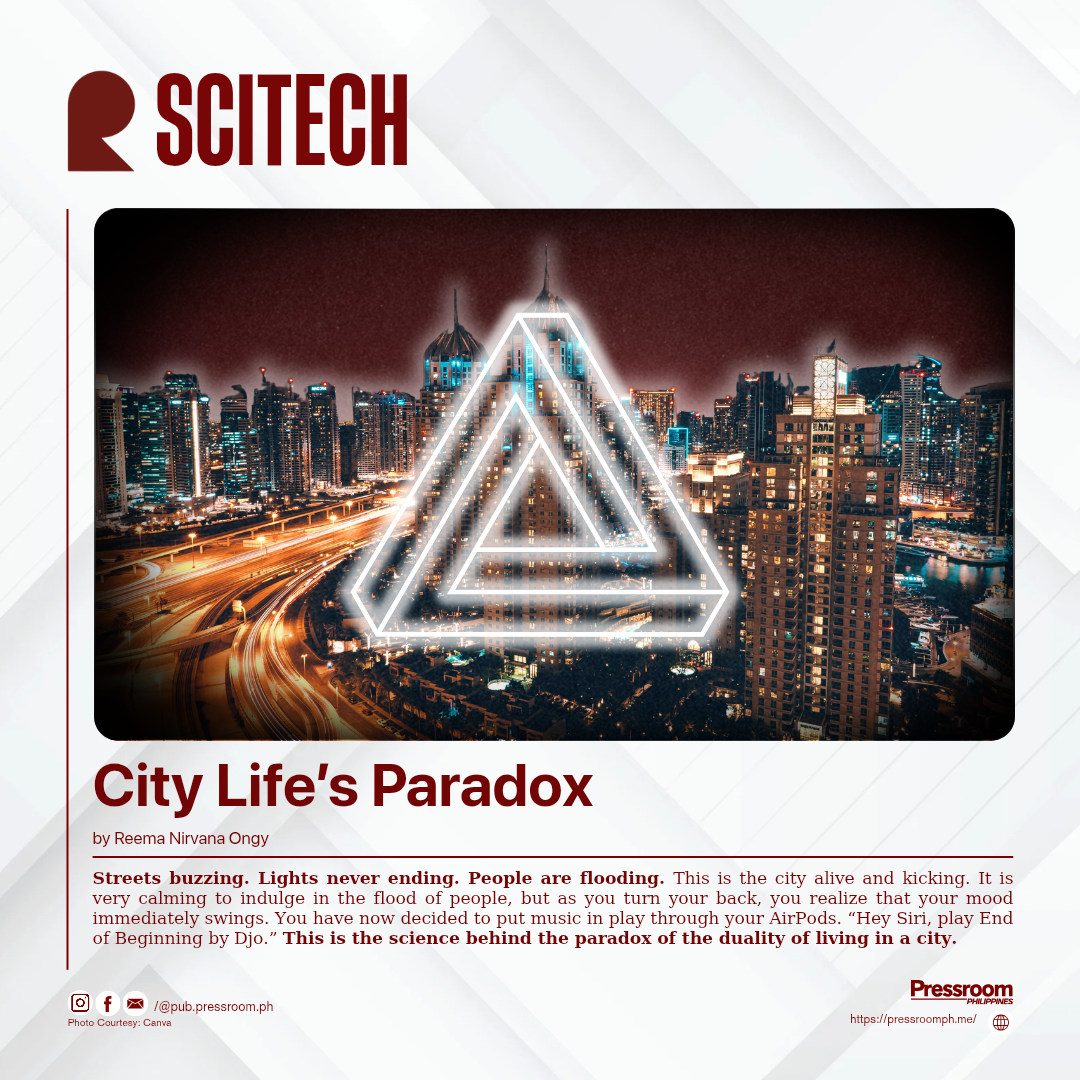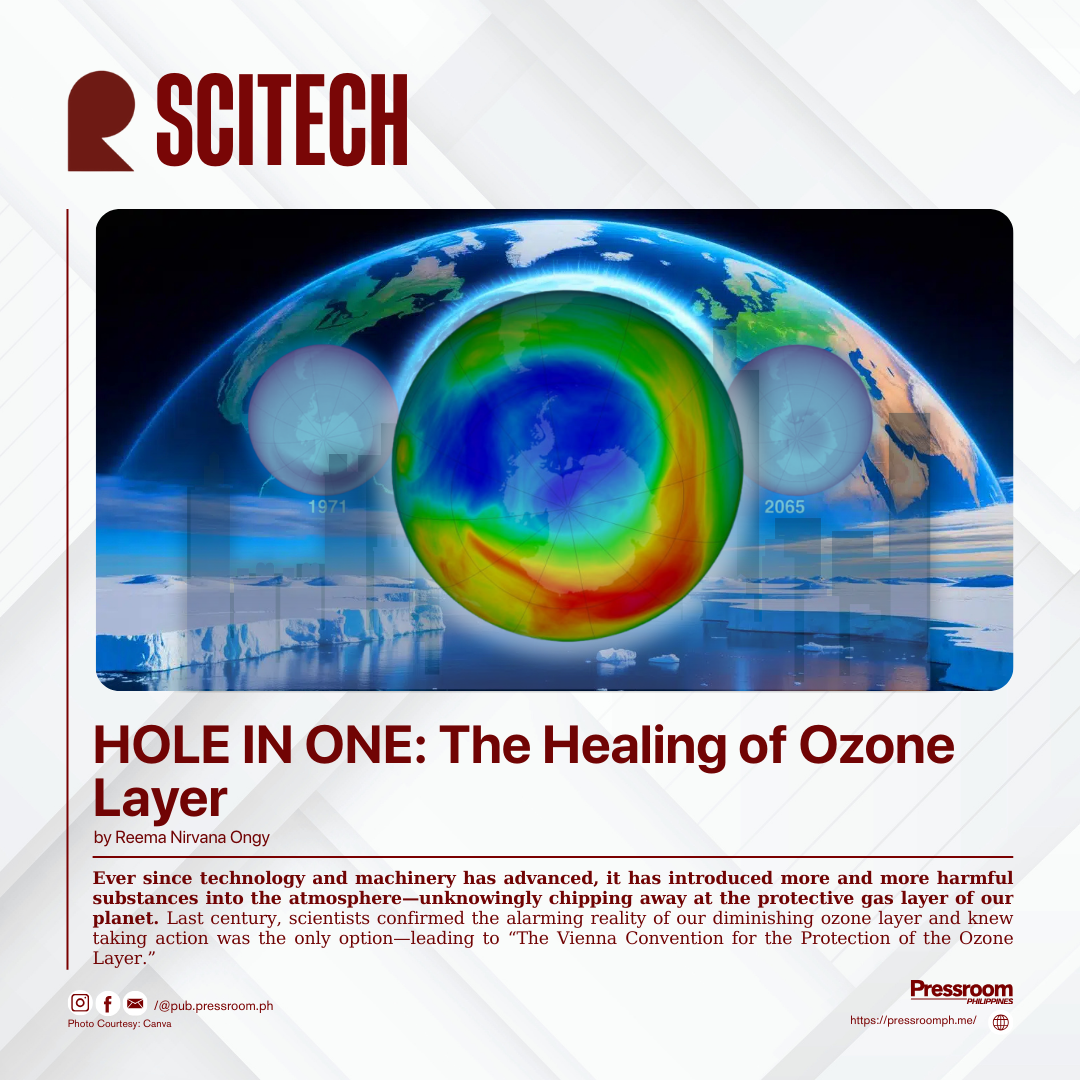via Shalea Montalban, Pressroom PH
A silent revolution is happening under the skin—one that could forever change how we detect and treat cancer. At the heart of this breakthrough is a coin-sized diagnostic patch, designed not to heal wounds, but to read them. Developed by researchers at King’s College London, this innovation uses microscopic “nano-needles” to scan tissue and detect cancer—without cutting, slicing, or causing pain.
Instead of the conventional surgical biopsy, where tissue is removed and sent to a lab, this nanotechnology patch works in real time. Once placed on the target tissue—such as the surface of the brain or inside the mouth—it gently pierces individual cells with thousands of tiny silicon needles. These nano-probes collect vital molecular data, including lipids, proteins, and gene expressions. What happens next feels almost futuristic: the patch transmits its findings to an AI-powered system, which delivers a diagnosis in under 20 minutes.
In initial trials on brain tumor patients, the nano-patch produced accurate, immediate results, helping surgeons identify cancerous areas during operations. The technology doesn’t just improve speed—it eliminates the risk of misjudging a tumor’s boundary, a factor that can mean the difference between preserving healthy tissue or not.
This fusion of nanotechnology, spatial biology, and artificial intelligence marks a turning point in medical diagnostics. While biopsies remain the gold standard today, they are invasive, time-consuming, and often stressful for patients. In contrast, the nano-needle patch is non-destructive and reusable, allowing surgeons to examine the same area multiple times without damaging tissue.
Its potential reaches far beyond brain cancer. Researchers believe the patch could soon be adapted to detect other types of cancer—such as oral, throat, and possibly even breast cancer—during surgery. In time, it could evolve into a non-surgical outpatient tool, redefining how we screen for diseases in the first place.
In a world where speed and precision save lives, this nano-patch exemplifies what science does best: solving problems before we fully realize how big they are. And in doing so, it doesn’t just cut time—it reduces pain, both physical and emotional. Because the most meaningful innovations don’t just change procedures—they change lives.






